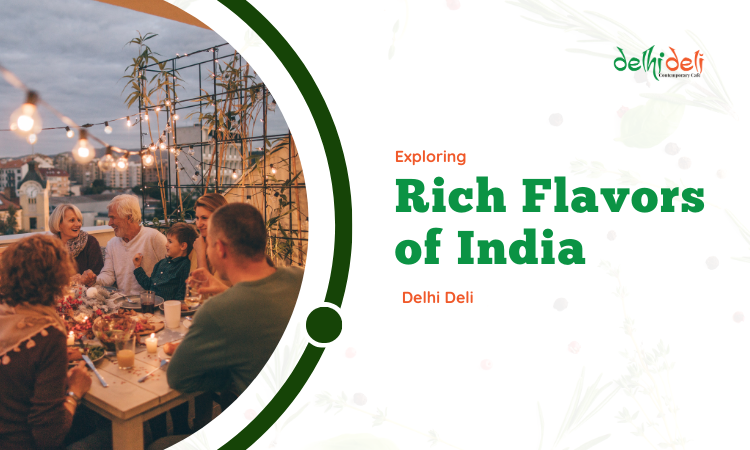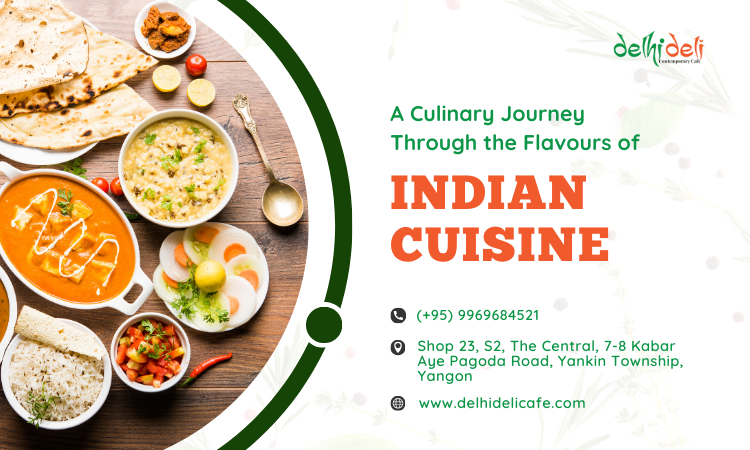
Indian Food
Exploring the Rich Flavors of India at Delhi Deli
If you’re looking for an authentic Indian dining experience in Yangon, Delhi Deli Cafe is a must-try. A mouthwatering
Nestled amongst the vibrant streets of Southeast Asia lies a.. Read more
If you’re looking for an authentic Indian dining experience in.. Read more
Looking for easy chicken breast dinner ideas that are both.. Read more
No products in the cart.

If you’re looking for an authentic Indian dining experience in Yangon, Delhi Deli Cafe is a must-try. A mouthwatering

Table of Contents Introduction: Join me on a Culinary Journey and experience the diversity of Indian cuisine, infused with